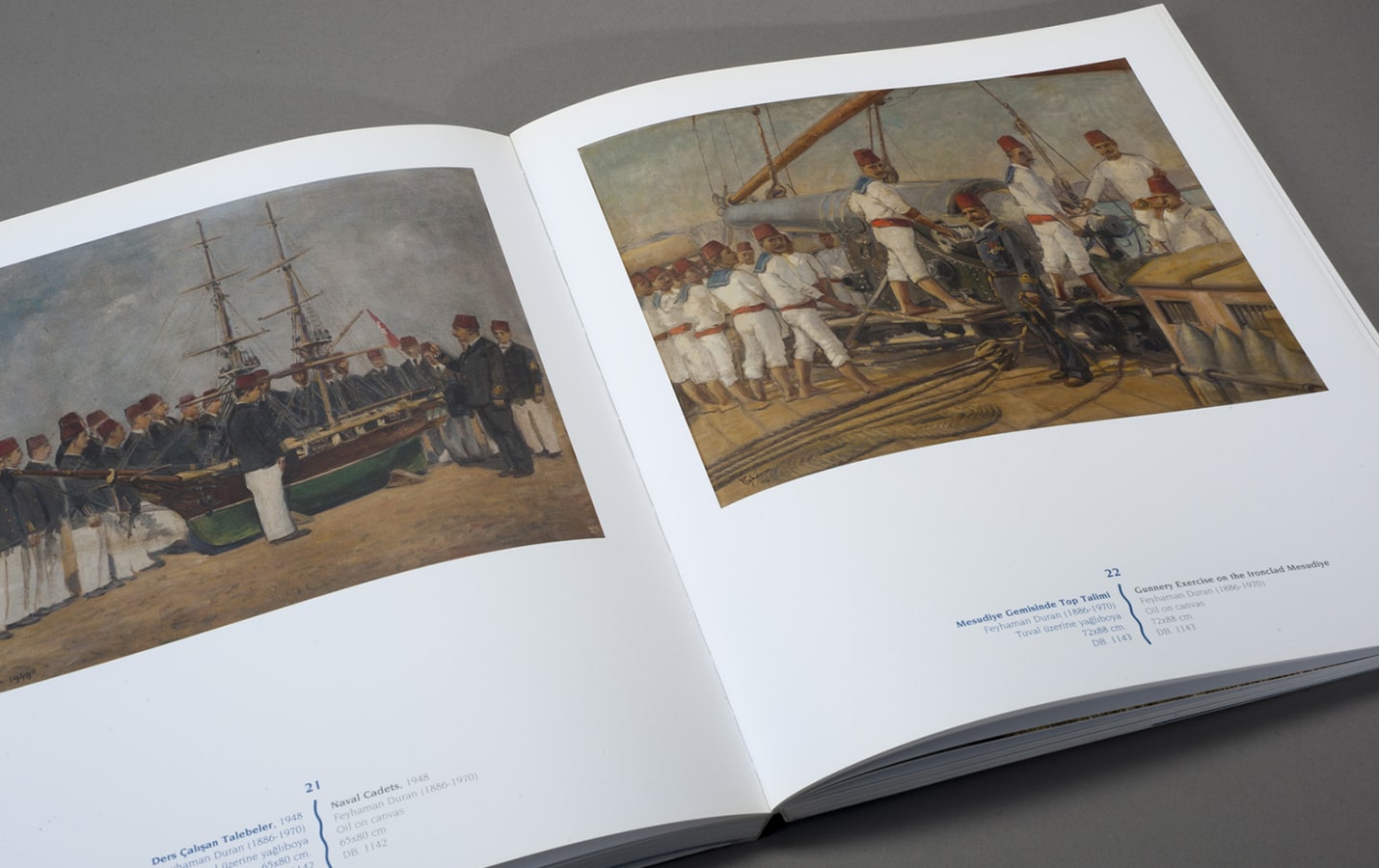May 15 - October 4, 2009
Ottoman Principality was introduced to the dark sea of the Middle Ages early in the 14th century. The battles with the Venetians and the Genoese, conquests in Rumelia, and the establishment of the first shipyards all occurred during this period. As the conquest of İstanbul marked the end of the period of transition from Principality to Empire, the foundations of a strong navy that would unite the Mediterranean and the Black Sea over a political geography were laid. The power of the corsairs diminished by the end of the Renaissance; Barbaros Hayreddîn Pasha personified the golden age of Ottoman sea power. The discovery of the New World had instigated a revolution in the maritime world. Traditional Venetian galleys gave way to Spanish galleons and manpower was replaced by wind power. The Ottoman navy assumed a pioneering role in the process of modernization that extended from the 18th to the 20th century. Naval education in the Western sense, the implementation of new technologies and the organization of a modern fleet were all consequences of this period. Advancing from the galley to the battlecruiser, Ottoman sea power had the final say in the affairs of the Empire. “The Logbook of the Ottoman Navy: Ships, Legends, Sailors” exhibition intertwines three distinct, yet integrated mythologies of the sea. The imprint of the ships in Ottoman seafaring history, the battles they were engaged in and the heroes who became legendary in these battles assume their places on the stage of civilization in all their historic magnitude. At the center of the construct lies the extraordinary adventure of the transition from traditional to modern seafaring methods. The quest for power, the demolished thrones and man's identification of his fate with the sea is perhaps the oldest story behind this adventure. The cornerstones of a long history that extends from the legacy of a 16th century Ottoman galley to the battlecruiser, Yavuz, is brought to light through the memories of seamen.
Exhibition Catalogue

Ottoman Principality was introduced to the dark sea of the Middle Ages in early 14th century. The battles with the Venetians and the Genoese, conquests in Rumelia, and the establishment...

Pera Museum presents an exhibition of French artist Félix Ziem, one of the most original landscape painters of the 19th century. The exhibition Wanderer on the Sea of Light presents Ziem as an artist who left his mark on 19th century painting and who is mostly known for his paintings of Istanbul and Venice, where the city and the sea are intertwined. Through the exhibition, we will be sharing detailed information about the artist and the artworks.

The New Year is more than just a date change on the calendar. It often marks a turning point where the weight of past experiences is felt or the uncertainty of the future is faced. This season, Pera Film highlights films that delve into themes of hope, regret, nostalgia, and new beginnings.

Pera Museum presented a talk on Nicola Lorini’s video installation For All the Time, for All the Sad Stones, bringing together the artists Nicola Lorini, Gülşah Mursaloğlu and Ambiguous Standards Institute to focus on concepts like measuring, calculation, standardisation, time and change.
Tuesday - Saturday 10:00 - 19:00
Friday 10:00 - 22:00
Sunday 12:00 - 18:00
The museum is closed on Mondays.
On Wednesdays, the students can
visit the museum free of admission.
Full ticket: 300 TL
Discounted: 150 TL
Groups: 200 TL (minimum 10 people)